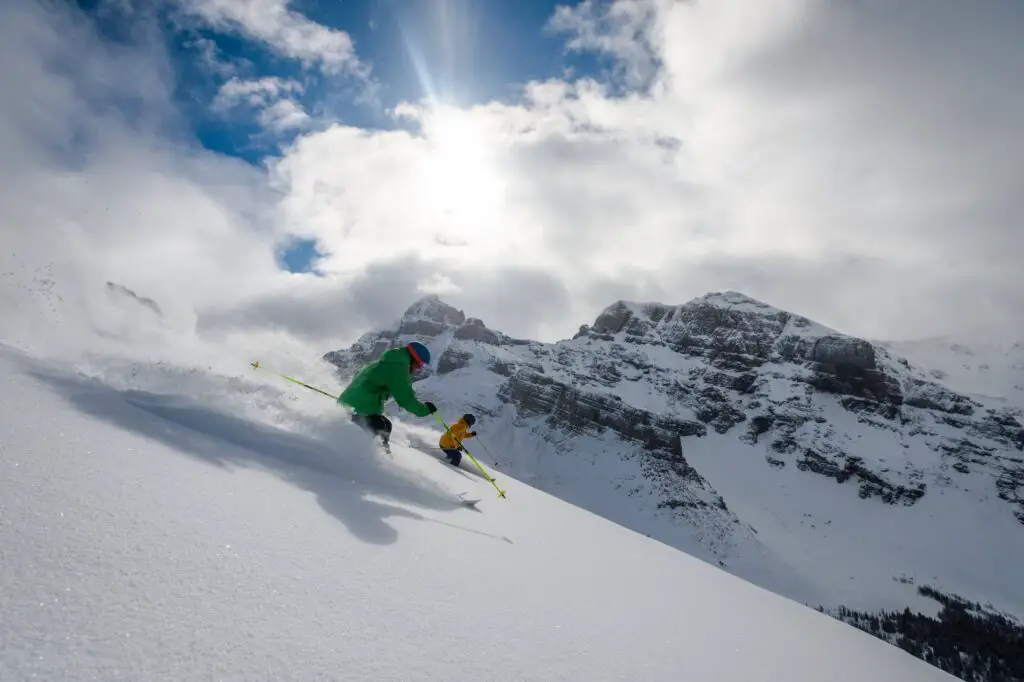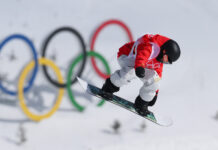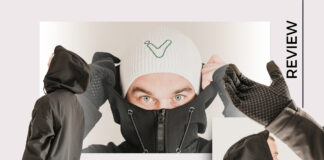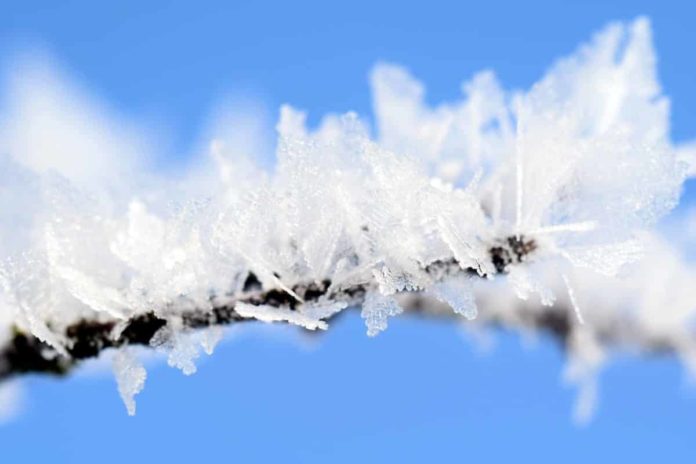
In this section, we are going to look at the Different Kinds of Snow you might encounter in your snowboarding or Skiing experiences.
Table could not be displayed.Below is the description of the different types of Snow, how they will affect how you ride your Snowboard, and how to handle those surfaces. But first, let’s have a glance on “what snow is” in general.
What is Snow?
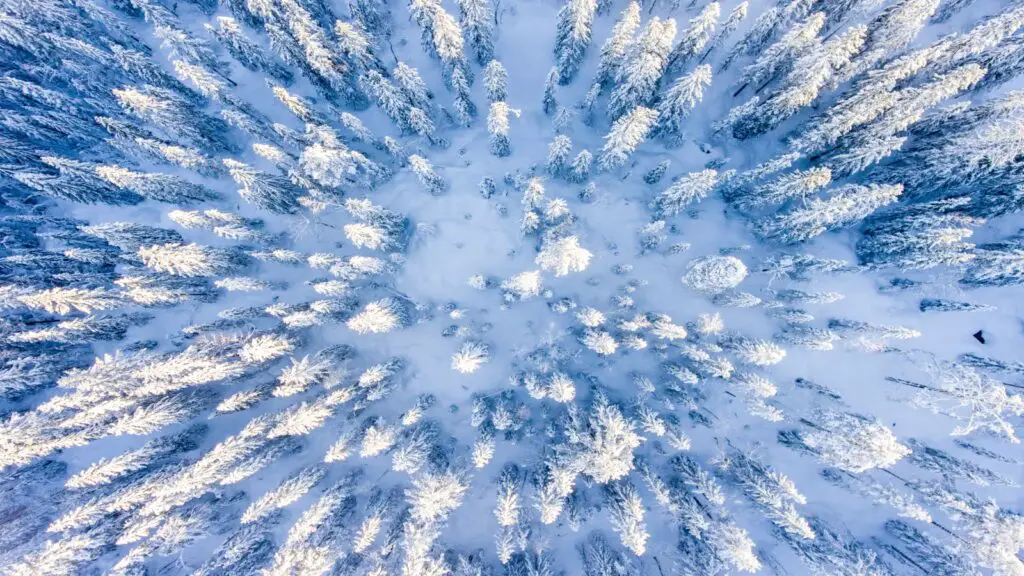
Most people perceive snow simply as frozen water. Delving in a little deeper, snow is actually a form of precipitation in the form of ice crystals. These ice crystals are hexagonal prisms that form when snow freezes up. Prisms are formed due to the molecular structure of water. As these ice crystals are formed, they come down in one of the following forms:
- Snow crystals — Individual, single ice crystals, often with six-fold symmetrical shapes. These grow directly from condensing water vapor in the air, usually around a nucleus of dust or some other foreign material. Typical sizes range from microscopic to at most a few millimeters in diameter.
- Snowflakes — Collections of snow crystals, loosely bound together into a puff-ball. These can grow to large sizes (up to about 10 cm across in some cases) when the snow is especially wet and sticky. A snowflake consists of up to 100 snow crystals clumped together.
- Rime — Supercooled tiny water droplets (typically in a fog), that quickly freeze onto whatever they hit. An example of this is the small droplets of rime on large snow crystals.
- Graupel — Loose collections of frozen water droplets, sometimes called “soft hail.”
- Hail — Large, solid chunks of ice.
Time and again, you will find many Types of Snow on a mountain depending on the altitude, temperature, and the number of people who have tracked the snow.
in Snowboarding, to become a good rider, you will need to get used to all of them. After learning some facts about what snow is, we can now proceed with knowing how surface snow forms various kinds of surfaces for Snowboarding and Skiing.
Powder
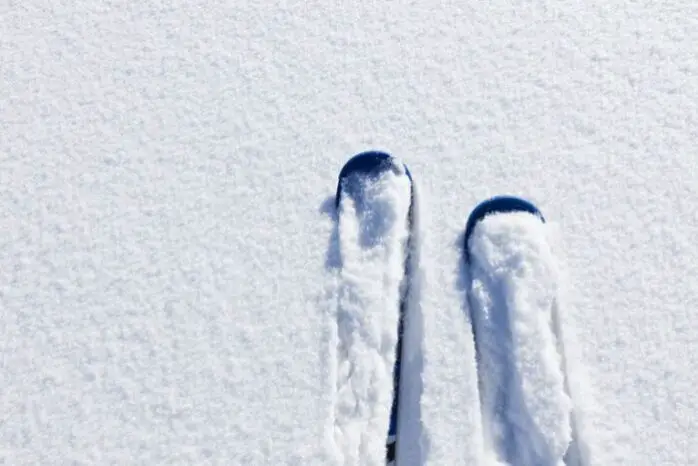
Powder is freshly fallen, untouched, soft snow. Powder, tiny flakes and crystals form the smooth and soft surface in mountains.
It forms a soft smooth surface that will give you the feeling that you are floating in a weightless environment. Powder is often packed in thick layers that form a natural pillow for any crashes.
Most snowboarders and skiers find powder the ultimate surface especially since it is the best snow to land on because it does not hurt as much as hard, compact snow.
Thick powder is the best surface for trying new tricks and increasing your speed record. It is also easier to carve turns, to control your speed, and to hold your edge when the snow is like powder.
Still, powder surfaces can be an obstacle for those who are not familiar with it. When riding on this type of surface, it is important that you maintain speed. If you slow down too much, you will sink in the powder and get stuck, leaving you with the job of digging yourself out.
Maintaining speed will also keep you planing on the powder surface. To avoid your Snowboard from digging into the powder, make sure to keep a slightly backward stance and your tip pointing upwards.
Due to its thick, soft layer, people tend to ride harder than they would normally do and become more reckless. Powder snow can however cover rocks, ice, tree stumps and even crevasses with a thin layer forming a trap. Thus, it is important that you keep your eyes wide open especially when you are Off Piste and do not get carried away with your ride.
Crud
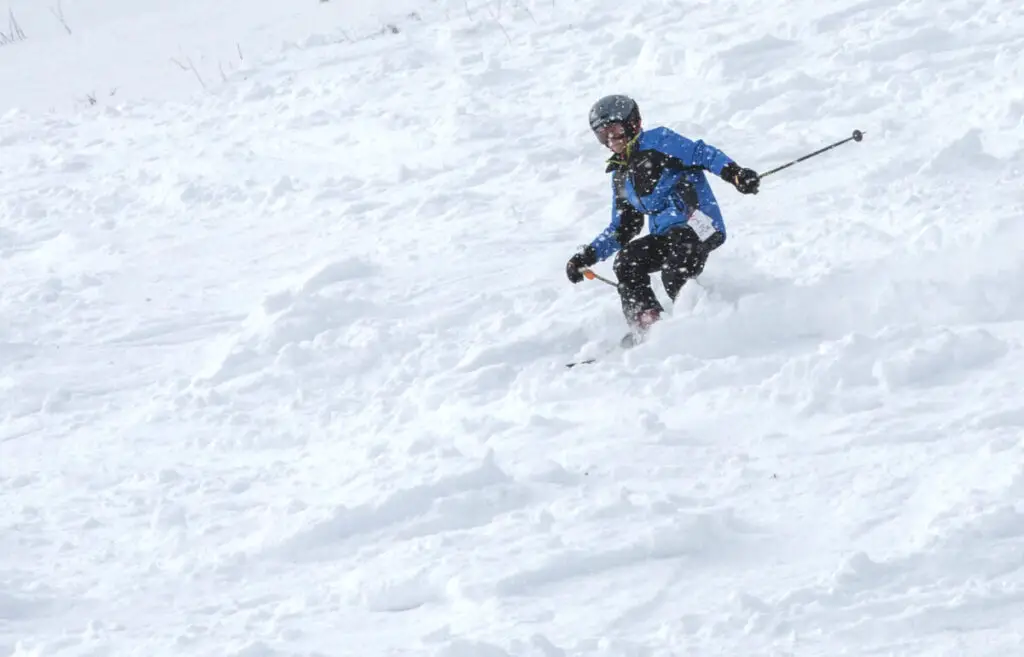
Crud could be considered as the next phase from powder. As more and more people ride through the powder, the snow gets piled at certain places and packed down at others.
Fresh powder snow soon becomes “tracked out” and results in an uneven surface with lumps of soft powder-like snow and slippery patches. With this, the amount of resistance that your board encounters is always changing.
Snowboarding on crud is more challenging than riding on powder, but it does not necessarily mean it is less fun. The key to traversing crud is to ride more aggressively.
When riding, keep your knees bent to absorb the impact that comes from riding bumps and the uneven terrain. Also, keep your eyes on where you are going and choose your lines well as you go down. Riding crud and learning its tricks will improve the overall control of your snowboard.
Crust
If the crust is hard, you will remain to ride on top of the harder, icy surface. If the crust is soft you will most likely punch through it, thus breaking the crust with your ankles as you ride through it.
Something that is less fun is an intermediate crust where you are riding on top of the crust, punch through it and then bump against a harder part again.
Similar with crud, you will need a more aggressive riding style. Keep your eyes open for better lines. In making turns, be sure to keep your snowboard out of the crust by either jump turning or at least by pulling your knees up in turns.
Slush
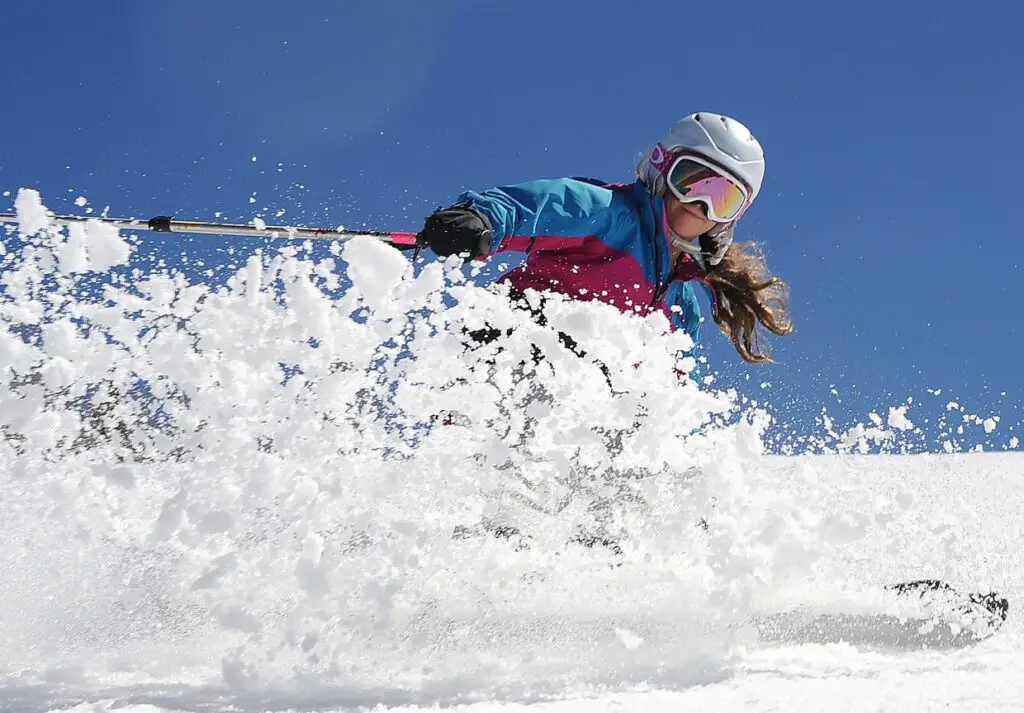
When the air temperature becomes warmer than the freezing point, the snow starts to melt and its water content becomes very high. With this, the delicate snow crystals change into large grains of ice and slush is formed.
Slush is basically snow that is starting to melt and thus becomes further wet. People who have had slush puppies (an icy snack) have a better understanding on what the word slush means.
Wet snow is heavier to traverse on than light slow so you will notice how the turns in slush are harder than on softer snow. Similar with crust and crud, more aggressive moves are needed to perform your usual techniques. Smooth carving turns are the way to go in slush if you want to keep it easy and not wear yourself out.
Ice
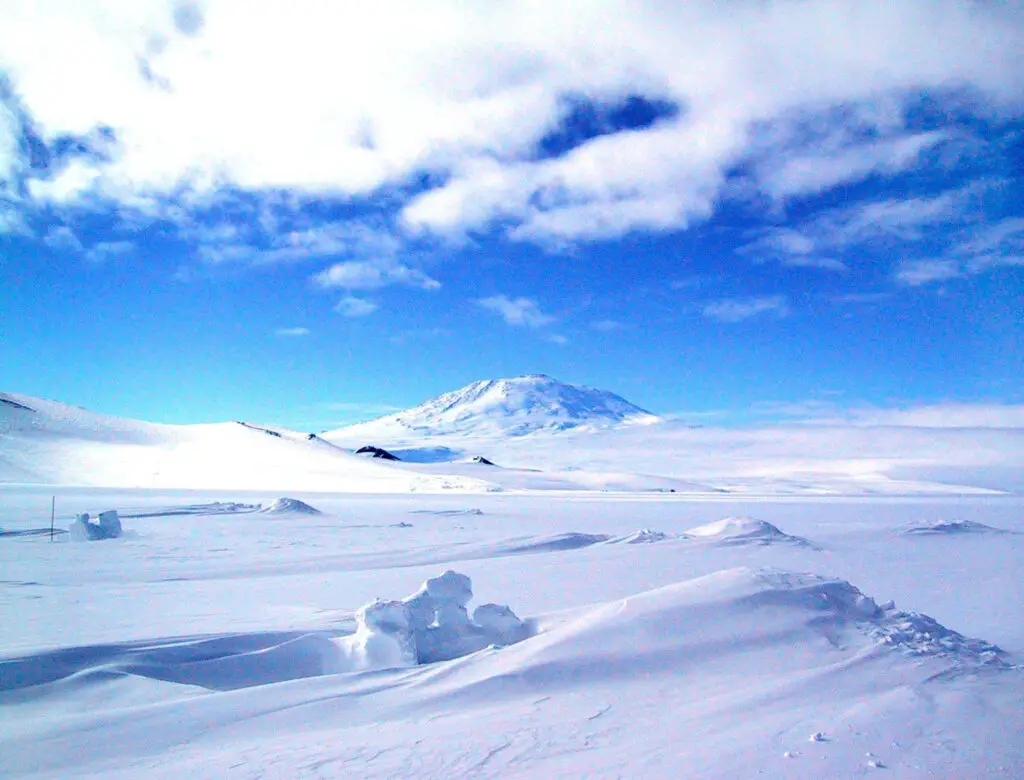
Ice is hated by snowboarders with the same intensity as they love powder. This type of snow is the exact opposite of powder – hard, slippery, and most of the time considered hell. Actually, you’ll never find real ice on the slopes.
What you do encounter is snow that has been melted and frozen again for a number of times. This forms a solid surface of icy compact snow that is often referred to as “ice”.
With ice as the surface, it will be certainly hard to keep an edge. When anticipating an icy condition, consider having your Snowboard tuned. A snowboard with sharp edges will help you in turns and will improve your general grip and edge control in the snow.
The key to riding ice is to keep your movements smooth and subtle. If you brake too hard or put too much pressure on an edge you will probably slip and suffer a painful landing.
Then again, finding a slope made of pure ice is rare. But if you do encounter one, try to find lines that are still covered with snow. Watch your moves as you traverse from ice into snow and vice versa. Remember, ice rides fast, snow will slow you down.
Snow conditions do not only affect the way you ride your board, it affects Injury Patterns as well. Hardpack snow generally capitulates high-speed and impact injuries.
Make sure to wear the most appropriate snowboard jackets and gloves. Powder and heavy snow on the other hand are associated with more twisting injuries.

